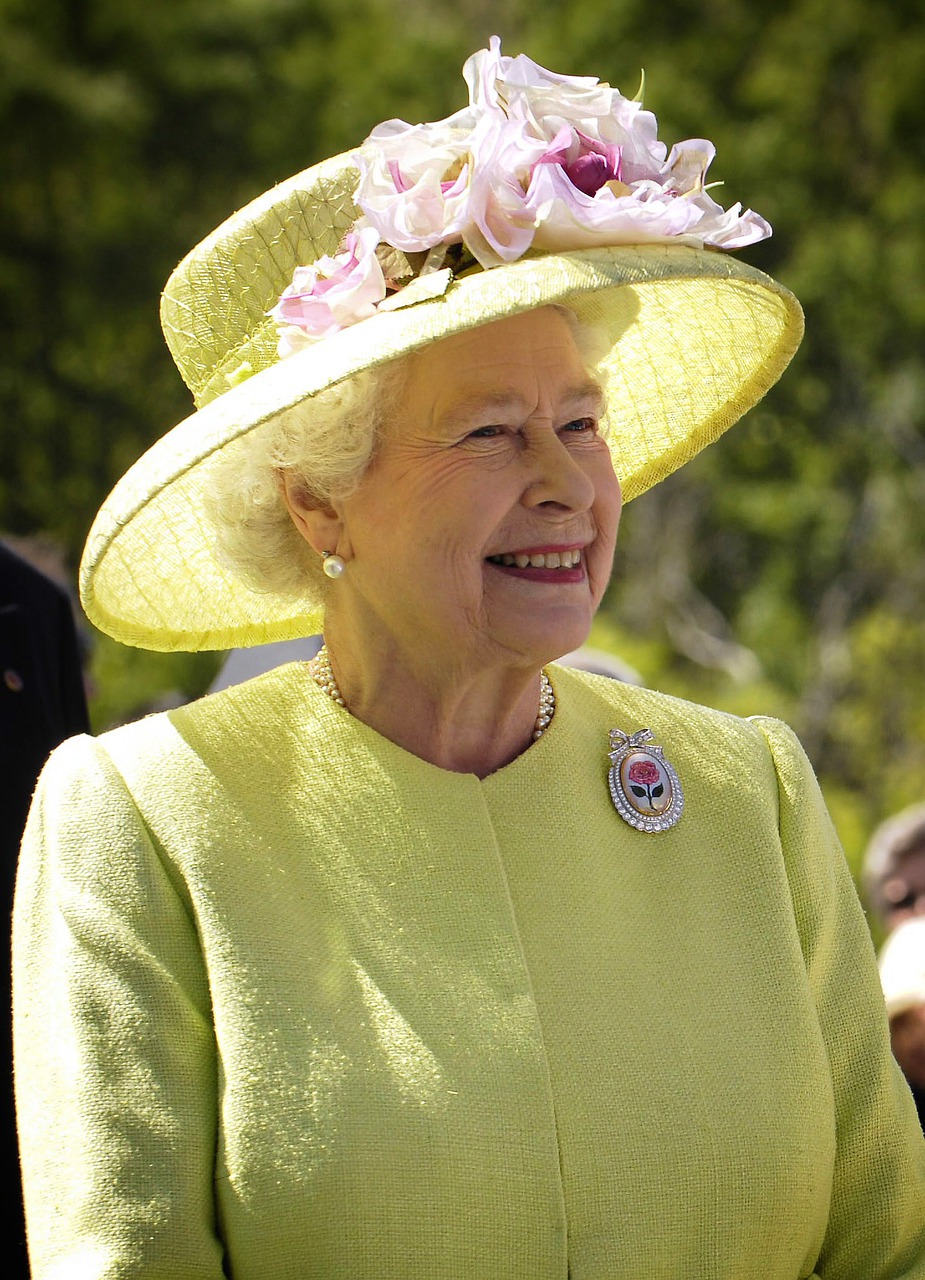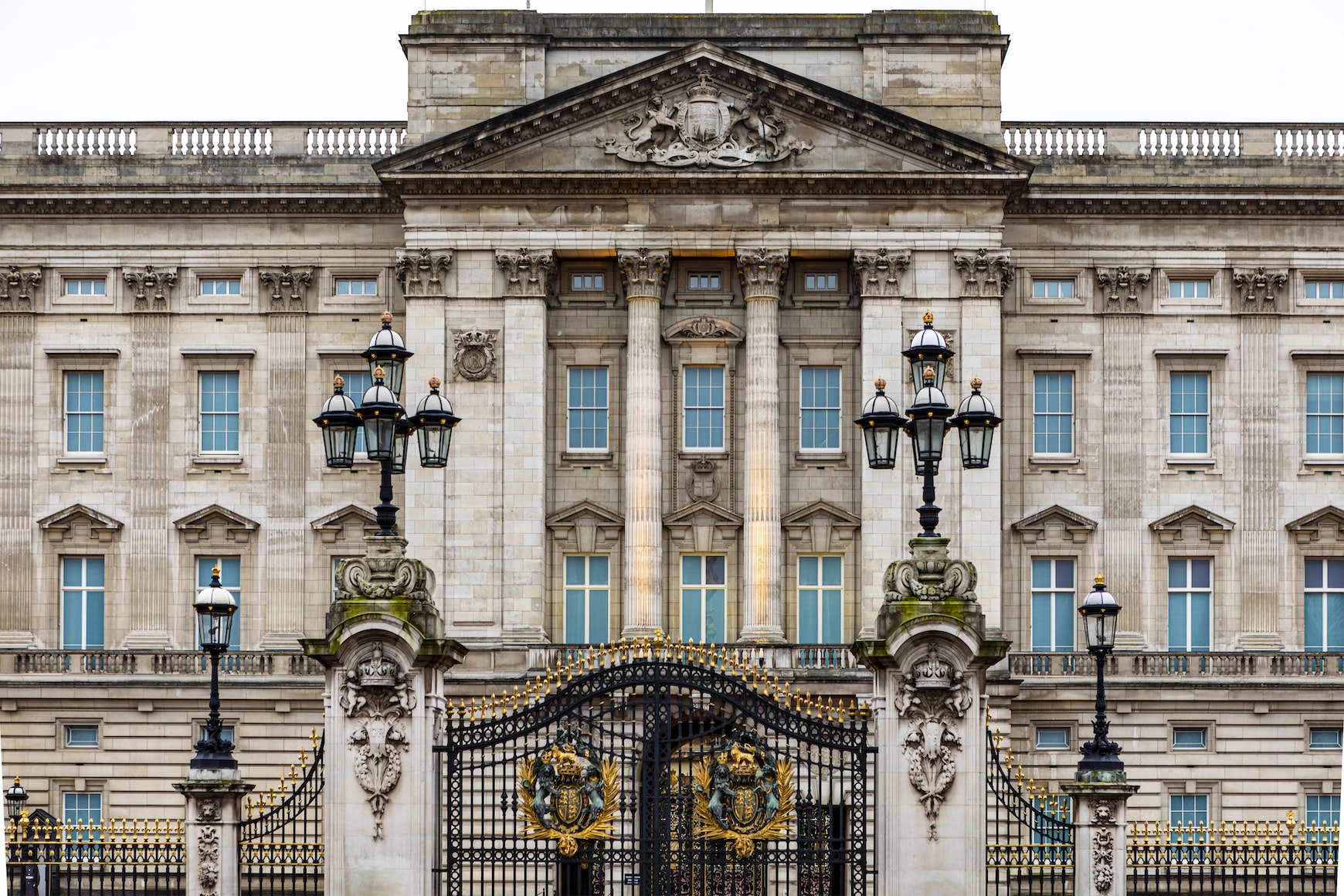
In World War II, when London reeled from the blitz, a relentless air bombing attack, children were evacuated to the countryside or even to Canada. Yet a lasting image of that time is of the young Princess Elizabeth, learning to drive and repair jeeps, and symbolizing the resilience and courage the people of Britain and the Commonwealth were to need in the long struggle ahead.
The history of our democratic system is the history of the people, beginning with the Magna Carta in 1215, relentlessly taking power away from the monarch and control of their government. Yet the monarchy survived.
In its current form it serves as head of state, as a symbol of tradition and stability, and of a separation of powers. In our military, officers receive their commissions and warrant officers their warrants from the sovereign. For seventy years, that sovereign was Queen Elizabeth II. They are proud that the sovereign is the Commander in Chief, that their loyalty is to the country as symbolized by the ceremonial head of state, and not to the political leadership of the day. This is a powerful safeguard against a coup d'état or insurrection supported by the military.
This symbolic authority, in which the monarch personifies the state, but in which genuine governmental power is vested in the people, was superbly understood by Queen Elizabeth. There are numerous approaches to achieving the kind of political and societal stability that fosters freedom and democracy. The constitutional monarchy system, Canada's governmental system, has been shown to be one of the most successful.
Many would suggest that the hereditary nature of the monarchy is anti-democratic, and that in Canada, a monarch who resides across the ocean has lost relevance, especially given the multicultural makeup of our country. These are questions that we are free to pose and debate, and that in a democracy we, the people, have the power to determine.
What cannot be debated is that from the moment Elizabeth II found herself, unexpectedly because of the abdication of her uncle, in the role of sovereign, she took on her duty of service to the country and devoted her life to it.
During her reign the monarchy strengthened its role as a unifying and stabilizing force, regardless of the international and domestic challenges that roiled Canada and other Commonwealth countries. She deeply understood and respected the political neutrality of her role, yet her counsel was valued by Prime Ministers of all stripes over many decades.
The Crown's dignity and symbolic authority, which she so capably embodied, mean that criticism of the government can be full throated, without ever implying disloyalty to the country. During her reign the constitutional monarchy system of democracy worked, arguably better than any of the other forms of democracy in other countries.
She helped provide the consistency, continuity and stability that made peace, order and good government continue in the face of dramatic political and societal upheavals: a stability that allowed the freedom to accommodate change without losing compass. It is not certain another monarch could have done this as well, and it is far from certain a different form of government could have been as successful as constitutional monarchy was with her on the throne.
As we begin the reign of King Charles III, we reflect on her life of service with deep gratitude. May she rest in peace.
